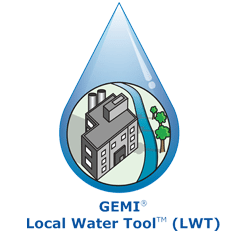Primary Functions
- Learn about how a dairy manufacturer reduced water use and increased quality and consistency of its products by implementing a new clean in place technology to monitor its plants.
Detailed Description
Kemps, a wholly owned subsidiary of Dairy Farmers of America and major dairy producer since 1914, operates six manufacturing plants in Minnesota and Wisconsin. Fresh milk is the primary product manufactured at Kemps’ plant in Rochester, Minnesota. Like other high-volume operations, the Kemps Rochester plant uses clean in place (CIP) systems to effectively clean and sanitize its milk processing equipment and help protect its products from microbial contamination.
In 2011, Kemps broadened their product portfolio, putting new demands on their CIP system. Working with Ecolab, they initiated a concerted effort to enhance CIP performance and increase preventive maintenance to help achieve more operational efficiency and consistency across their CIP operations.
Like other dairy manufacturers, Kemps has relied on periodic, manual sampling and review of extensive electronic data and paper records generated by its systems to gauge CIP performance. But traditional monitoring methods have been unable to provide comprehensive insight. Although numerous CIP improvements were made, the manual process of identifying opportunities was too time consuming and resource intensive. Kemps needed a way to analyze multiple washes, across various unit operations to truly understand what was going on.
With 3D TRASAR CIP Technology, the team was able to “see” the volume of chemicals used across every single wash. This insight enabled them to compare washes and quickly determine which 3D TRASAR wash summaries to examine for variations in cleaner or sanitizer concentration levels — and identify and prioritize opportunities for improvement. In addition, the automated system eliminated the need to pour through the 1,500 charts generated each month by the plant’s CIP system to identify chemical concentration deviations.
With 3D TRASAR CIP Technology, the Kemps plant recorded a further increase in overall quality and consistency and helped the plant reduce water use.





